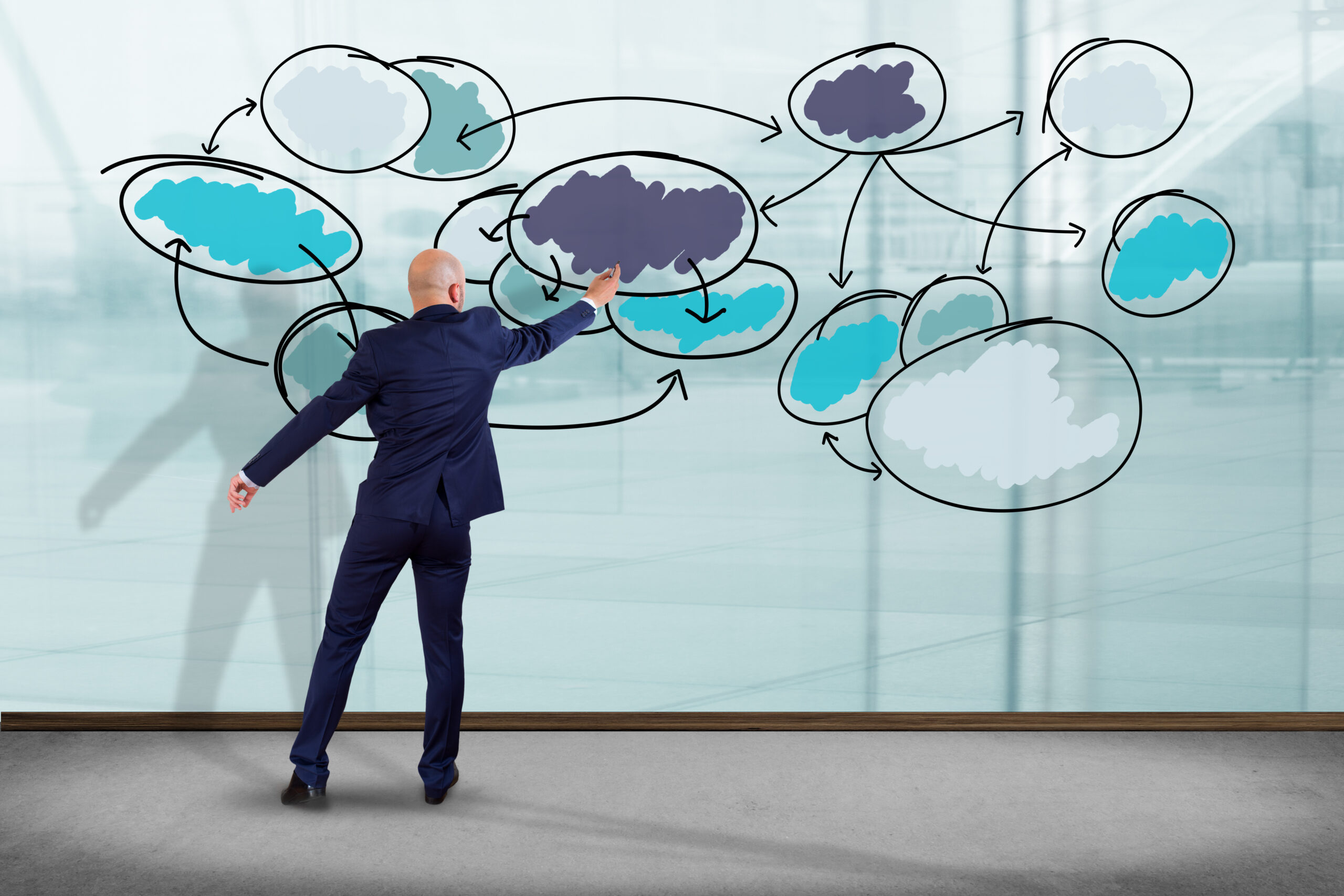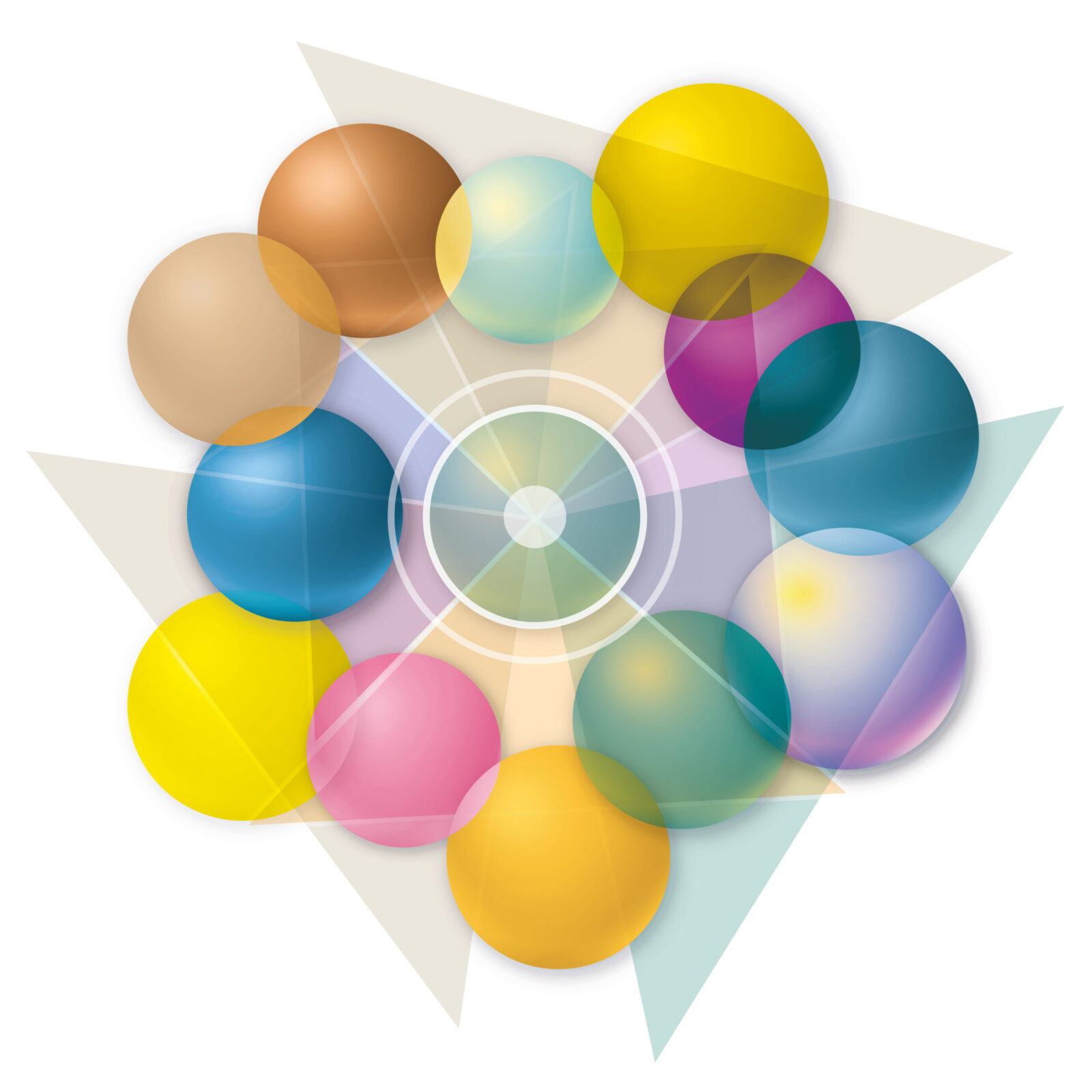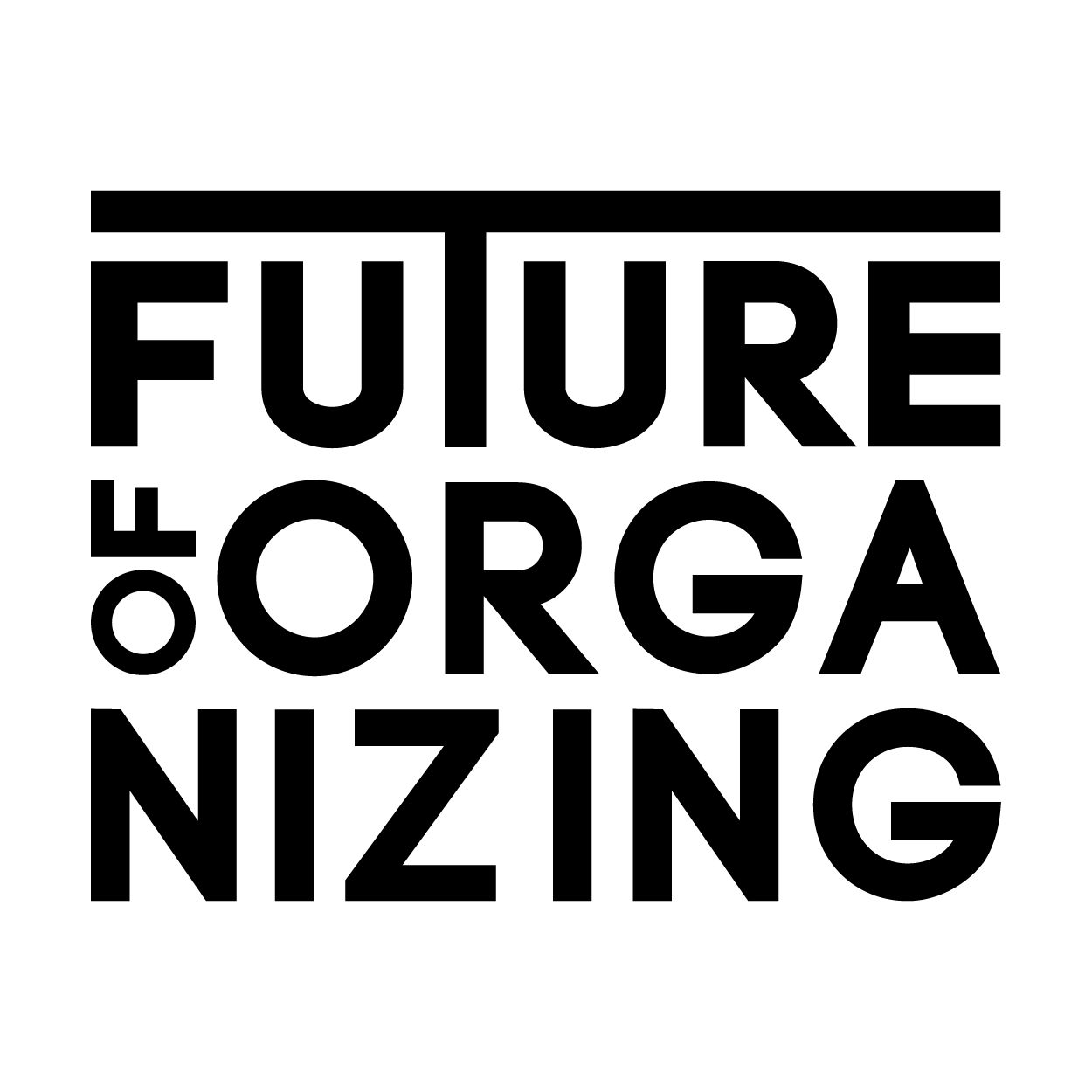Self-organizing
The distribution of power
Rethinking
the distribution of power
The world is facing many challenges and a fruitful and sustainable way to deal with these is to look at organizations as living organisms, as part of a larger ecosystem. It means having a systemic approach and philosophy where everything is connected and constitutes a system where the whole is greater than the sum of its parts.
For three years, Alicia and Rolf Medina have conducted a research project on modern forms of organizing and leading, in which they have interviewed more than three hundred people, studied a hundred companies, and talked to several of the world’s leading experts and researchers in the field. The result is a model that they call the DP model (Distributed Power) that consists of twelve different areas that need to be considered in every organization that wants to be part of the future.
Future of Organizing supports organizations to move into the future adopting appropriate elements of Teal, self-organizing, Sociocracy, and an agile approach with the help of the DP model. We help leaders to transform the workplace into a space where everyone can engage and grow to their potential.


The Distributed Power Model
The Distributed Power Model is represented by an image consisting of 12 mobile spheres, symbolising the different areas that constitute the model. Those areas are to be seen as different dimensions or aspects that an organisation or team needs to take into consideration and work with.
Those areas are circumscribed by a purpose that goes beyond profit and that needs to be defined at several levels: organizational, team and individual. The purpose needs to be accompanied by even over principles.
Just like a kaleidoscope that rotates and creates exciting new patterns, new conditions are created at a given time depending on the needs and focus of the organisation or team.
There is an interdependence and a connection between the 12 different areas since the model is systemic.
1. People
People are central in an organisation. Principles such as psychological safety and equality lead to their engagement and well-being. Since an organisation is a part of a whole, the people in it also need to find balance when it comes to health, well-being, workload, productivity, own development, etc.
2. Culture
|
This includes culture-building, degree of trust and openness, type of organisational culture and the approach to innovation and learning.
|
3. Organizing
Organizing includes various aspects such as organizational units, forums, organization of work, type of work, cooperation, roles, governance, and context.
The DP model promotes self-organizing and distribution of power along the organization instead of it being centralized and only connected to certain roles.
4. Leadership
| This area includes the view of a manager and a leader, leadership styles and leadership within self-organising. Everybody practices some form of leadership, since leadership is a process of influence, aiming to make oneself or others act, voluntarily and engage in achieving certain goals. |
5. Decision-making
|
Decision-making includes decision mechanisms, classification of various types of decisions, participation, decentralisation, and ethical aspects. It is important to secure the principle that a decision is being made by those who have the knowledge and, if possible, those who will be directly affected. Within the DP Model, different decision mechanisms are applied, depending on if decisions are operative, tactical (developing) or strategic.
|
6. Transparency and communication
This includes transparency, various forms of communication, the view on and meaning of feedback and the best-before-date for information.
What is needed to create transparency and good communication is clarity, accessibility and openness.
An organisation should strive for as much transparency as possible. Feedback should be directed forward, with the purpose of improvement instead of criticism.
7. Salary model and profit-sharing
This includes salary model, views on the value of work tasks, compensation and profit-sharing. Salaries and compensations should be transparent and fair. The gap between the highest and lowest salary should be defined and clear. Individual systems for compensation tend to lead to sub optimisation and should, if possible, be avoided.
8. Digitalisation and technology
This includes digital tools, digital and technical solutions that can support self-organising and progressive ways of organising.
Technical solutions facilitate and improve things for people in general but are also an important pre-requisite for self-organisation.
Digital tools are needed to support collaboration, information sharing, communication, co-creation, learning and the organisation of work.
9. Competence and Learning
This area deals with competence and with a new approach to roles, beyond work descriptions. This includes recruitment and learning.
Individuals can contribute with different talents and resources. Each person must be able to grow individually in their abilities, thereby furthering the group as a whole. Learning must also be built in as a natural part of work.
10: Work places and working hours
This includes the workplace, trust, the design of the physical workplace and the approach to work time. Flexibility to work in different places; the office, at home, at a café, outdoors or somewhere else.
In the new paradigm, we need to see time and space as a whole, in the same way as flexibility and responsibility must be connected. Time as a way of measuring work is not a part of modern work life, there must instead be a stronger focus on what is being achieved.
11: Social responsibility and sustainability
Several aspects, such as social responsibility, circular economy, the organisation as a part of society and of the world, must be considered. Human beings should not be seen as exchangeable parts of a machine, they need to be able to make a living through their work. This applies to everybody in the value chain: employees, suppliers, customers, society. The circular view means that you should not waste the resources of the Earth. Social engagement should be encouraged.
12: Finance
This includes the business model, financial structure, capital, ownership, and financial code of conduct. A financial model should serve employees and society as well, not only the owners. Ownership and who you do business with should be aligned with the values, principles and purpose of the organisation.
.
Releasing the unrealized potential
By providing leadership support and guidance to organizations about self-organizing, modern ways of work and about how to move into the future.
